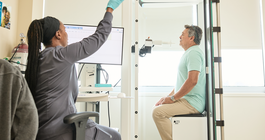
August 22, 2016
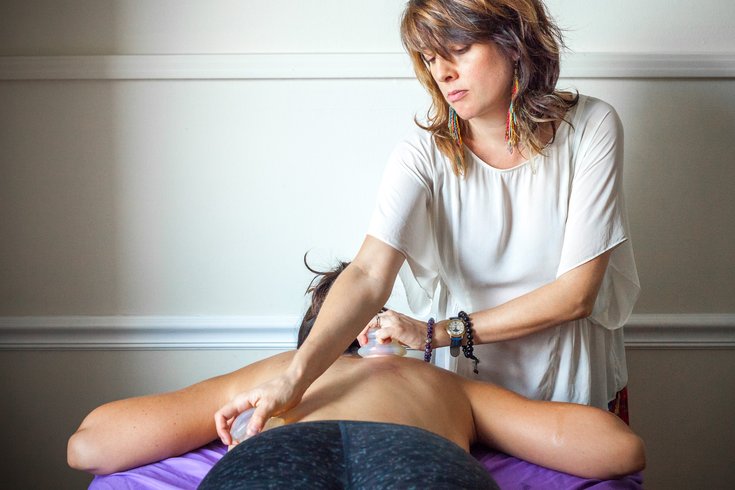 Thom Carroll/PhillyVoice
Thom Carroll/PhillyVoice
Founder of Restorative Harmony Acupuncture, Caroline Grace Ashurst, manipulates tissue by moving silicone cups along Mandia's back to release stagnant blood and to encourage fresh blood and nutrients to an affected area of the body.
In the past few weeks, Michael Phelps set the world afire when he appeared poolside with what looked like round (gold medal sized) bruises on his back and shoulder.
In his highly anticipated return to the pool, he had everyone asking, “What the heck is that?”
We now know that those circular marks were produced during a treatment known as cupping, a mode of traditional Chinese medicine dating back more than 2,000 years.
Since Phelps' debut, interest in the ancient art of cupping has skyrocketed. Quite clearly, when the most decorated Olympian of all time does something, we pay attention.
I, myself, had a brief experience with cupping a few years ago during an acupuncture session so I knew just who to call last week when I decided that I must try the therapy again.
Ashurst examines Mandia's back, looking for inconsistencies, noting affected areas, and determining where treatment will be applied.
The session began with a conversation about cupping. I ask her to describe what exactly the treatment is and who can benefit most from it.
Her answer, “Anyone who has tight muscles.”
Caroline goes on to explain that the red marks will only appear as a result of cupping in areas where there is blood stagnation, contrary to popular belief that those marks are a result of broken capillaries or bruising from the suction of the cups. (Notice my treatment photo where red marks only occur around my right shoulder where I have pain from a tennis injury)
Cupping brings stagnant blood to the surface and therefore allows for optimum blood flow to the muscles, aiding in recovery. In other words, our muscles recover when new, fresh blood is moving through our tissue. When it is standing still, it prevents tissue from receiving the nutrients that the blood carries, causing tissues to tighten, weaken or even die.
Caroline also tells me that cupping is not only to used to combat muscular pain, it is also used widely for its internal applications. People across Asia and Europe use the technique on both adults and children to improve immune function and eradicate cases of flu or common cold by using the cups to draw out toxins from the body.
There are many types of cupping. Traditional cupping (heat or pump creates suction in cups), moving cupping (cups are used in continuous motion) and quick cupping (typically used during facial cupping which is highly regarded for its effectiveness in patients with Bell’s Palsy and TMJ.)
Ashurst places a suction facial cup on Mandia's forehead. This technique encourages blood flow and collagen production in the facial tissues.
Despite many other reports, there have been studies performed regarding the efficacy of cupping therapy that demonstrate significantly superior results in cases where cupping therapy was combined with other treatments as opposed to the treatments alone.
Another lesser known treatment called Gua Sha produces similar results but uses scraping, rather than suction, to bring stagnant blood to the surface.
Gua sha is a form of restorative bruising caused by the scraping of surface body tissue with a hard, smooth-edged tool. This traditional Chinese medical technique is similar to cupping but uses pressure in place of suction, which is the effective element in cupping.
In my experience with both cupping and Gua Sha, the pain relief is immediate.
So, how often should you receive a cupping treatment? For a professional athlete, once per week would be ideal. For someone like me, perhaps once every 4 weeks would suffice. During a cold or flu, once or twice will help pull the heat and toxins out of your body and aid in faster recovery. You may also use cupping as a preventative health measure periodically as needed.
A few things you must know before you try cupping:
Thank you, Michael Phelps, for reminding us of the importance of active recovery and self-care and also, for giving this ancient Chinese treatment it’s well-deserved moment in the spotlight.
I will continue to keep you posted on my health journey and would love to hear your experiences as well. Please feel free to share below or tweet me @christiemandia.
• • •
Each week, on Mindful Mondays, Christie shares her tips and tricks toward a healthier lifestyle. Give these tips a try to improve your health, wellness and quality of life!
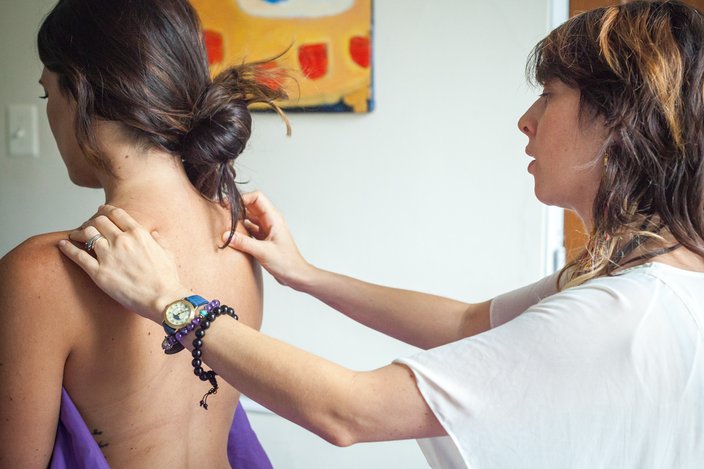 Thom Carroll/PhillyVoice
Thom Carroll/PhillyVoice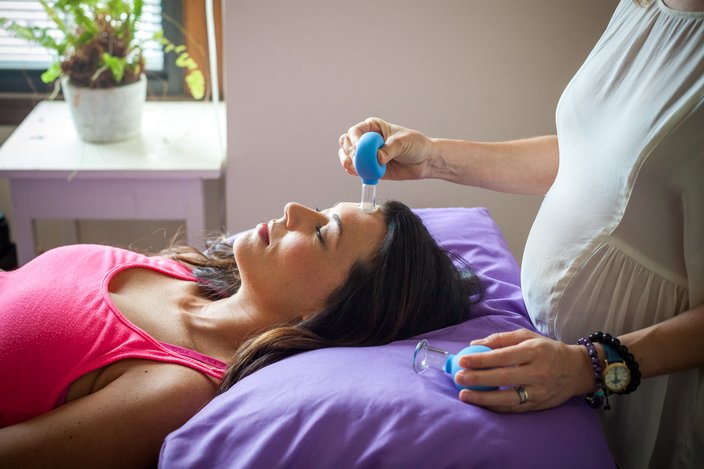 Thom Carroll/PhillyVoice
Thom Carroll/PhillyVoice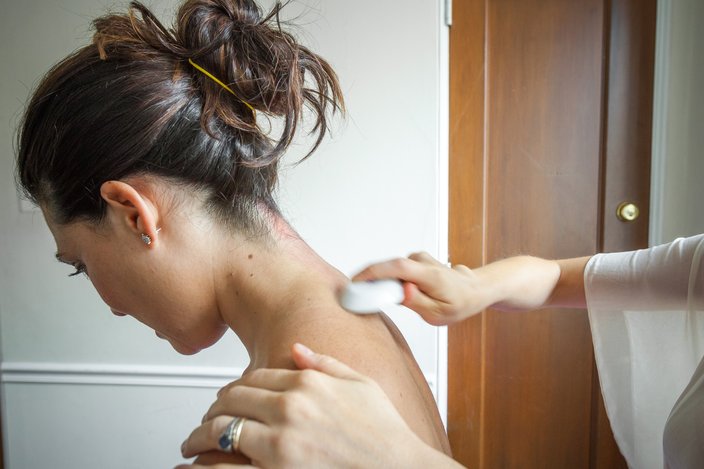 Thom Carroll/PhillyVoice
Thom Carroll/PhillyVoice